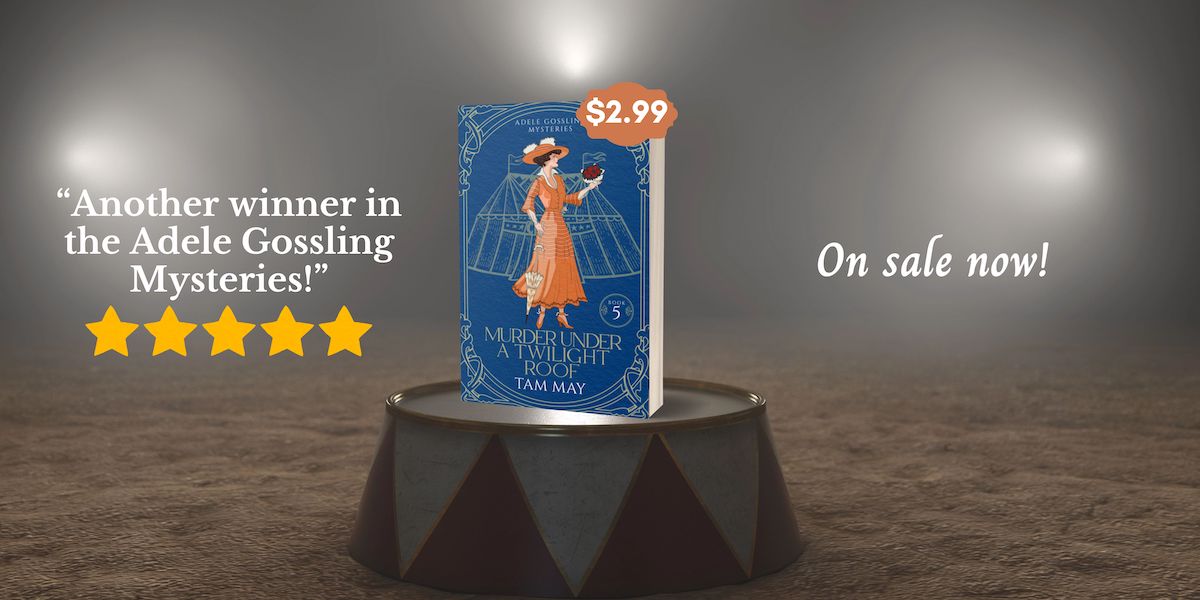Tax Day in America is here!
There is no task that spells “adulting” more than doing your taxes. We all hate it. We all grumble about it. We all get headaches over it. It’s on our minds at this time of year. Even in my peer support group recently, the conversation fell on taxes when we were all supposed to be talking about something entirely different.
In fact, I’m betting when tax time comes around, most of us feel like The Beatles in their 1966 song “Mr Taxman”. Ironically, the Beatles wrote the song at a time when Britain was imposing higher taxes on the wealthy. The Beatles, by this stage in their careers, fell into that category, so they weren’t too happy about this.

Got questions? The cartoon above shows early 20th century Secretary of the Treasury, William G. McAdoo, being bombarded with questions about taxes over the phone on his “busy days”. If y’all think taxes are complicated in the 21st century, imagine how confused Americans were in the early days!
Photo Credit: Secretary McAdoo’s Busy Days, illustrated cartoon, by Clifford Barryman, from Washington Evening Star, 3 November 1913: Nara & Dvids Public Domain Archive/No known copyright restrictions
We can thank the well-intentioned people of the Progressive Era for income taxes. However, the story of income taxes in America begins in the mid-19th century. The American government first imposed a tax on personal income in 1861 to help fund the Civil War at that time but stopped this in the 1870s. Then, Congress passed a flat-rate income tax during the Gilded Age which meant that, regardless of how much you made, your income was taxed at a specific percentage. This was ruled unconstitutional because it didn’t take into account income variations by class and states (think: a farmer living in Kentucky isn’t going to be able to pay the same tax rate as a stockbroker living in New York City because his income is way lower).
It was the 16th Amendment, passed in 1909 and ratified in 1913, that finally put the income tax into place, though the actual tax deadline (on or just after April 15) wasn’t set until the 1950s. When you look at the evolution of early 20th-century society and politics, you can understand why this would be a Progressive Era thing. At the turn of the 20th century, people in America were trying to fix the damage the Gilded Agers had done with their greed, graft, and corruption, and they wanted the government to help. The hands-off government of the 19th century wasn’t working anymore. In order for the government to intervene, it needed funds. They had nowhere to get those funds except from the people. Hence, taxes.
I know this is tough to remember when you’re slogging through your Form 8829 trying to figure out whether the IRS will come after you for declaring 30% of your internet bill was used for your work because maybe it was more like 15% (as my CPA says, “you don’t want to poke the bear”). But maybe when you’re trying to scrape together the dollars to pay Mr. Taxman this year, it will help to keep in mind the original intent of the 16th Amendment.
Although the protagonist of the Adele Gossling Mysteries isn’t dealing with taxes yet (Book 1 takes place in 1903, before the 16th Amendment came into play), she does deal with other Progressive Era political issues. And who knows? Maybe when the series reaches the 1910s, there will be a book about Adele investigating the murder of a local tax man!
If you love fun, engaging mysteries set in the past, sign up for my newsletter to receive a free book, plus news about upcoming releases, fun facts about women’s history and mystery, and more freebies! You can sign up here.





